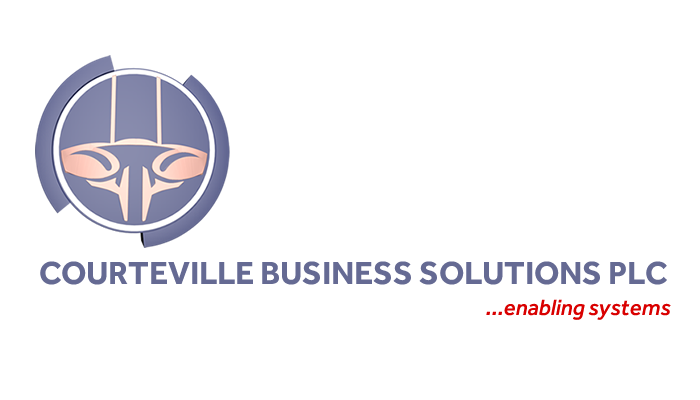Work as we know it is forever changed by COVID-19. Now is the time for managers to envision the office that employees will return to.
The world has experienced widespread disruption over the past year as a result of the COVID-19 pandemic. With the successful development and distribution of a COVID-19 vaccine, the timeline for when the so-called next normal will arrive is clearer. Leaders should begin to take steps to consider what the workplace will look like when it arrives.
There is no going back to the prepandemic workplace. Organizations and individuals have had no choice but to discover new ways of working. Many have reported successfully implementing years’ worth of digital transformation plans over the course of a few months. For example, mortgage loan company Freddie Mac implemented remote building inspection, and many health care providers pivoted rapidly to telemedicine. Even companies that needed to maintain a significant colocated workplace used digital innovations to improve employee and customer engagement and safety. For example, Hitachi adapted sensors to monitor social distancing in factories, and many restaurants quickly adopted virtual ordering and delivery services. Managers should begin asking themselves how they can build on such innovations to further transform their businesses instead of planning a return to ways of working that were becoming outdated and obsolete even before the pandemic.
The pandemic is not the only disruption we have experienced in the past year. It has also been a time of political divisiveness, social unrest driven by racial inequality, and ongoing digital disruption, to name but a few. In our forthcoming book, The Transformation Myth: Leading Your Organization Through Uncertain Times, we argue that the end of the pandemic will almost certainly not mean an end to disruption. Over the next few months, leaders would be well served by taking the opportunity to learn how to apply the innovations and advances implemented in recent months and developing an approach for ongoing workplace reinvention that is more resilient to all types of disruption.
Maximize the Benefits of Both Remote and Colocated Work
The anticipated gradual return to colocated work in the coming months provides opportunities to experiment with hybrid ways of working. Returning to the office strategically, by focusing first on the activities best performed in person and, in the process, evaluating the effectiveness of both remote and colocated work, gives managers the ability to critically consider the ways in which a hybrid workplace might be more effective.
The pandemic taught us that remote work can be highly effective — to a degree. Employees are often more productive when they don’t have to spend time on a daily commute. Meetings may be more frequent but tend to be shorter. Virtual work also allows people to collaborate across geographic, physical, and organizational boundaries in novel ways. But our recent research has shown us that the past few months of widespread remote working have also had some significant drawbacks. Our interviews with over 50 executives between April and November 2020 about their experience of leading their organizations through the pandemic uncovered challenges in the following areas:
- Innovation. Although remote collaboration among colleagues who regularly engaged with one another worked well, serendipitous connections with others dropped off precipitously. Research has shown that these weak ties are often critically important to innovation and knowledge sharing in organizations.
- Starting new projects. Remote work had little impact on workers’ ability to finish big group projects that were already underway. Relying on virtual collaboration to initiate new projects, however, was an order of magnitude more difficult in terms of challenges and stressors. This finding underscores the value of remote work but raises questions about relying on it exclusively for a long-term workplace strategy.
- Culture. Several people we interviewed said that establishing and maintaining organizational culture is difficult, if not impossible, in a virtual setting. Many of the cues to organizational culture that the physical workplace provides, such as the design of the office and how people dress, disappear with virtual work. The lack of a strong sense of culture is a particularly acute problem with respect to onboarding new hires.
- Mentoring and coaching. Employees, particularly younger ones, received less mentoring and coaching during the shift to remote work than they did before the pandemic. If people don’t get the feedback they need to develop into more mature employees and leaders, this deficiency could negatively affect career development over time.
Leaders should spend the next few months planning how to combine the best aspects of remote and colocated work. Ben Waber, president of the workplace analytics company Humanyze, shared with us early data from Asia that suggests that a little colocation can go a long way toward reducing the limitations of remote work. Employees who returned to the office only one or two days per week increased the number of serendipitous connections by about 25%, Waber said. Yet we also expect that decisions about balancing remote and colocated work will affect, and be affected by, a broader set of factors, such as school reopenings and public transportation load, which have also been affected by the pandemic.
Source: www.sloanreview.mit.edu




